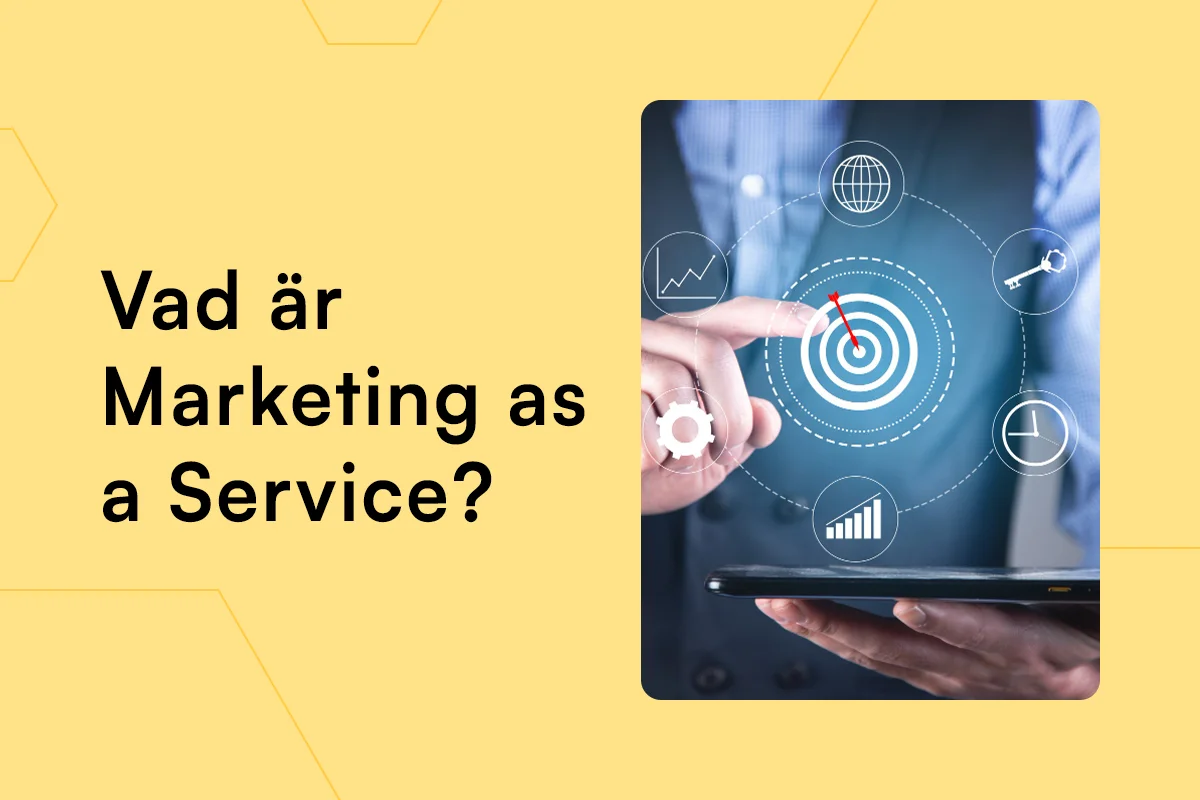Marketing for Beginners
If you’re new to marketing, you might have a distorted view of it. You might picture a multi-million dollar Super Bowl commercial or a glowing billboard in Times Square.
Marketing 101
Marketing is much more than that. It encompasses a variety of channels, tactics, and formats—and can work for any business on any budget.
→ Click here to download our free guide to the basics of digital marketing [Download Now].
The key to getting started is knowing the basics. Here, I’ll walk you through some beginner-friendly marketing channels and how to build your first marketing strategy.
Cost-Effective Marketing Channels
Building Your First Marketing Strategy
Cost-Effective Marketing Channels
If you’re just getting started with marketing, here are some cost-effective channels to consider:
Content Marketing
The whole premise of content marketing is to provide valuable content to your audience. This could be blog posts, videos, podcasts, e-books, and more. Unlike a pop-up ad, this type of marketing is non-intrusive. It should feel natural, organic, and helpful.
Think about it: you want to promote your product, a productivity app. On your blog, you publish articles full of tips and tricks for being productive at work.
To take it a step further, include a sign-up form for a free trial of your app at the top of each article—giving readers a chance to become customers.
Content marketing is a long-term investment. But with patience and the right strategy, you can drive brand awareness and nurture customer relationships without a significant financial burden.
Email Marketing
Email marketing is relatively affordable compared to other marketing channels. Many email service providers offer free plans or tiered pricing to appeal to different budgets. For example, HubSpot’s email marketing software is easy to use, secure, and free.
With email marketing, you reach people who have already expressed an interest in your business. This puts you in a great position to build relationships, promote your products, and share offers. You can also set up trigger emails when someone completes an action, like making a purchase or downloading a content offering.
Want to grow your email list? Check out this helpful guide.
Social Media Marketing
These days, consumers expect brands to have an online presence—so if you haven’t already, sign up for a business profile on a few social media sites.
Once you’re up and running, you can start sharing content. Experiment with different types of content until you have a better idea of what drives the most engagement. Remember, social media is all about connecting, so engage with customers, start conversations, and leverage user-generated content. These tactics can help you build relationships and loyalty around your brand without spending a dime.
But if you decide to run paid ads, social media offers incredible reach that can generate immediate results.
Platforms like Facebook, Instagram, Twitter, and LinkedIn offer advanced ad targeting, allowing you to narrow down your audience based on demographics, interests, and behaviors. And with flexible budget options, you can allocate your budget strategically and maximize your return.
Online Advertising
One of the biggest advantages of online advertising is that it’s often cheaper than traditional advertising. Think of TV ads that cost anywhere from thousands of dollars to millions.
Now consider an ad running on social media for $1 a day, and you can see why online advertising is a great option for small businesses.
Online advertising covers a few areas, including:
Display ads: These include banner ads, images, and videos that you can purchase on Google Ads.
Pay-per-click (PPC): PPC is an advertising model that falls under search engine marketing. These ads appear at the top of search engine results, and you only pay when people click on them.
Social ads: These are ads that appear on social media platforms like Facebook and Instagram. You set a budget and specify your target audience.
Remarketing: This involves tagging your website visitors and targeting them with content after they leave your website. Think of an email from an e-commerce store reminding you of your abandoned cart.
Unlike traditional advertising, online ads offer powerful analytics. You don’t have to wonder if an online ad is effective because you can track metrics like impressions, click-through rates, conversion rates, and more.
Search Engine Optimization (SEO)
The goal of SEO is to increase your website’s presence in search engines like Google. Although SEO trends come




